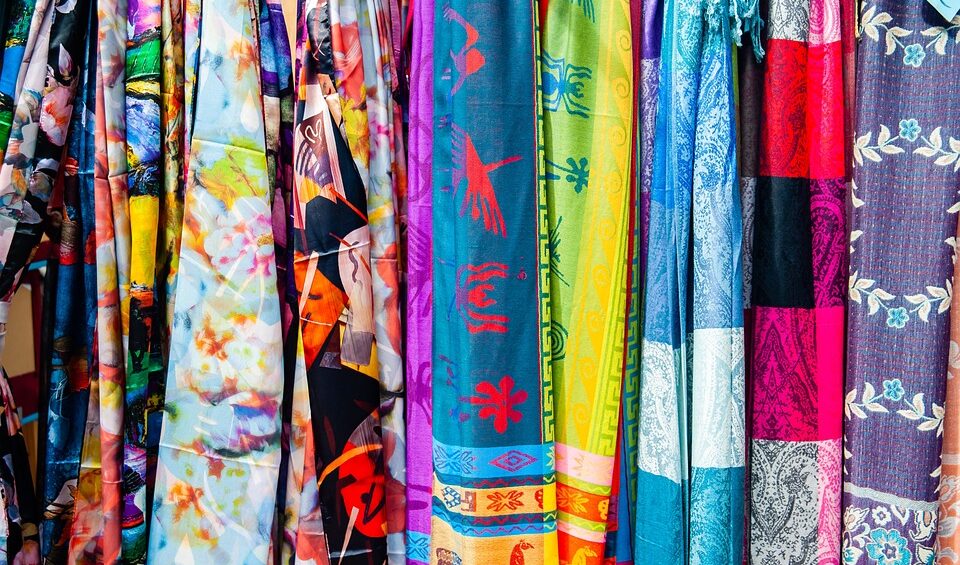When we think of ‘manufacturing’, India doesn’t come to mind as a success story, and with good reason. India’s slice of the global manufacturing pie is a meagre ~2.5% (2019). The ~45% of the Indian workforce employed in agriculture contributes less than a fifth to India’s GVA, signalling a serious problem of low worker productivity. On the other hand, the services sector contributes more than 50% to the country’s output but does very little for the job crisis. Manufacturing offers the solution for both problems, that is, the potential to create low-skilled yet highly productive jobs. India needs only to look at the success stories of China, South Korea, and Taiwan to craft its own.
Each of these economies that have cracked the manufacturing code in the past few decades can attribute success to large-scale manufacturing clusters focussed on exports. ‘Clusters’ are a system of interconnected like-minded businesses in a geographically central location that share collective benefits and eventual economies of scale. Manufacturing in clusters brings down production costs and time to production and increases profit margins. Some examples are the Shenzhen region in China, the Batam cluster in Indonesia, Subic Bay in the Philippines, and Hsinchu Parkin Taiwan, each achieving significant growth rates and giving rise to global giants such as Tencent, TSMC etc.
Low skilled Labour intensive manufacturing proven mode of success
A big constraint with agrarian economies is that there is little know-how or skilling for a large workforce to move into higher-end-value add manufacturing which makes it almost essential to create jobs in sectors such as apparel & Textiles. Again, we can analyse the growth strategy of each of these economies while they were still agrarian. Take the example of Shenzhen in the early 1980s, which transformed from a small fishing town to a ~1000 sq. km labour-intensive manufacturing cluster focused on large-scale exports of textiles & apparel in its early years.
Apparel and Textile Clusters in India
After agriculture, the largest employer in India is already textiles & apparel, with nearly 45 million employed directly. India’s textile & apparel sector has witnessed the establishment of some clusters through the 2005 Scheme for Integrated Textile Parks (SITP). However, with only ~1-2% employment and ~1% of output in the sector coming via such parks, the scheme failed to realise its true potential.
Inadequate scale, insufficient infrastructure, higher costs compared to rates outside and no differential governance and regulatory environment inside the textile park painted a non-lucrative picture for industry players.
An Incomplete Tapestry Lacking Scale, Infrastructure, Costs, Regulation & More
India’s Apparel & textile parks average around ~70 acres in size; the majority are less than 100 acres. In comparison, most parks in countries such as Bangladesh, China, and Vietnam are greater than 300 acres, which has helped them realise economies of scale. Furthermore, the land costs inside the park are also ~2x higher. Labour costs were also higher inside the parks. Another challenge the parks witnessed was the lack of adequate governance and regulation.
Multiple bodies were responsible for various approvals and clearances at the state and ministerial levels that caused costly delays and severely hampered the ease of doing business. In some instances, approvals took as long as two years, forcing investors to take their business elsewhere. Apart from this, few efforts towards relaxing FAR norms and labour regulations were made in these parks. All these factors led to the parks not reaching their intended outcome.
India has seen some of these ingredients come together in Brandix, a 1000-acre park in Andhra Pradesh but even that has been caught up in several regulatory hurdles and is nowhere near the success of parks across China, Bangladesh, and Vietnam.
Convergence of all ingredients is key
India, however, is yet to bring together all parameters of scale, infrastructure, costs, regulations, and governance; the convergence of these factors can make our manufacturing industry export-competitive and comparable with China, Bangladesh, and Vietnam. In 2012, India’s share of global apparel exports was ~4.2% compared to Vietnam’s ~3.9% and Bangladesh’s ~5.7%. In 2021, India’s share remained more or less unchanged, while Vietnam grew to ~7% and Bangladesh to ~9%. The two countries have also taken advantage of China’s declining share in apparel exports (~40% to ~30%) over the last decade. We need to make the most of what could be India’s last chance to succeed, especially given our own demographics are rapidly following those of countries with higher income than us.
While India has taken a step in the right direction, is it really enough?
We have launched the PM MITRA (PM Mega Integrated Textile Region and Apparel) scheme that aims to set up 7 large-scale parks with 1000+ acres of encumbrance-free land parcels. These parks would have a world-class infrastructure with ready-to-set-up flatted factories and power concessions. India has also signed an FTA with Australia creating a level playing field with exports from China, Vietnam and Bangladesh. Other efforts are also underway to negotiate FTAs with the EU and Canada. While the PM Mitra scheme and FTAs will significantly help reduce the landed costs, we still need to resolve existing major bottlenecks i.e. regulations and governance which are making business costlier.
Significant efforts are needed to create an ‘industry-friendly’ environment providing for timely approvals, disbursement of incentives, ease of access to information, faster customs clearance, and effective redressal mechanisms. Apart from this, we need to have a more favourable regulatory environment in these parks that facilitates trade instead of impeding it. Flexible labour laws, land use norms, and building bye-laws all need to be looked at in convergence to be able to bring our landed costs down even further. The scheme offers great promise to put India’s Apparel & Textile Industry on the bus to success but the answer lies in whether we can successfully converge all these pillars of success together.

